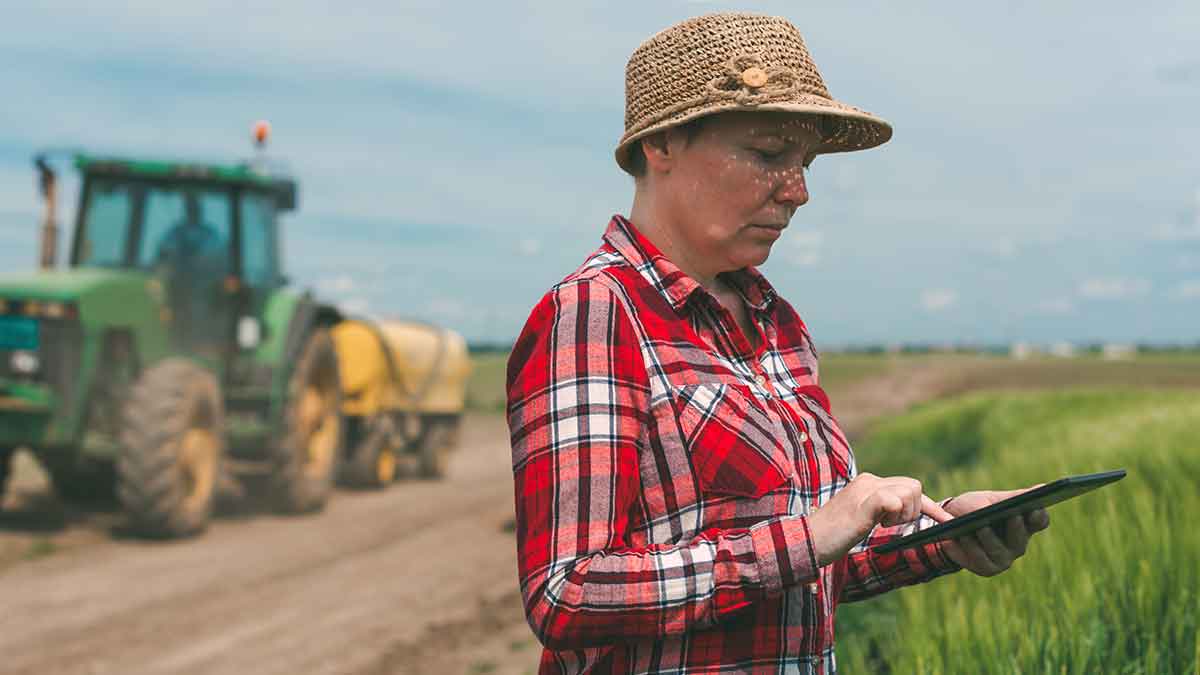There is an essential need for digital technology, robotics, and image recognition in the agricultural sector. Farmers are beginning to realize that smart farming and agriculture should go hand in hand. This will give them an opportunity to ensure the profitability of their industry and address sustainability issues. This will also help improve resilience to climate change.
Smart Farming Solutions and Agriculture
Farming is in many ways a business just like any other. Profitability is the main priority. Reliable yields are essential to ensure long-term stability in agricultural profitability. Smart farming is a way for farmers to increase their yields and optimize resources, which in turn helps reduce costs.
In addition, farmers benefit from the ability to quickly adapt to changing weather conditions. Smart farming solutions have many benefits beyond improving food security. They also reduce the environmental and climate impacts due to less waste and leakage.
Understanding the Needs and Wants of Farmers
The ability to connect devices allows for the collection of large volumes of data. Farmers can use this data to optimize processes and to increase the understanding of important agricultural parameters like humidity, rainfall, and temperature variations.
In addition, they also help farmers reduce (or eliminate) their use of pesticides, fertilizers, and other chemicals, thus lowering the amount that end up in lakes and waterways.
Although farmers are reaching retirement age in some areas of the world, digitalization can make farming more appealing to young people, thus creating opportunities to recruit younger people to the sector.
Remote IoT Support
Farmers can enable smart farming solutions by means of cellular network operators’ ability to provide reliable support for IoT devices at locations where it is difficult to reach cellular coverage.
Remote control of processes and devices via smartphone or tablet increases speed and flexibility for farmers and employees.
Leveraging NB IoT
NB-IoT (standard-based, low-power wide-area (LPWA) technology) was created to enable a wide variety of IoT devices and services.
It greatly lowers power consumption, increases system capacity and improves spectrum efficiency, particularly in deep coverage.
As an example, there have been occasions in which batteries have exceeded the 10-year life cycle. Users can also benefit from all security and privacy features offered by mobile networks, including identity confidentiality, mobile device identification and entity authentication, confidentiality, and integrity.
Incorporating eSIM Card Into Farming Equipment
It is important to point out that eSIM cards are a key component of new smart farming solutions. Integrating them with different types of farming equipment makes it easier to manage the product over its entire life cycle. This makes it easier to deploy smart farming solutions for farmers equipment providers because machinery equipped with eSIM cards can automatically detect its location and receive software updates.
To conclude, the adoption of these innovative technologies will bring the agricultural sector one step closer to the future. It is high time we embrace the fact that smart farming and agriculture should go hand in hand if farmers intend to take part in the digital transformation of Industry 4.0.





